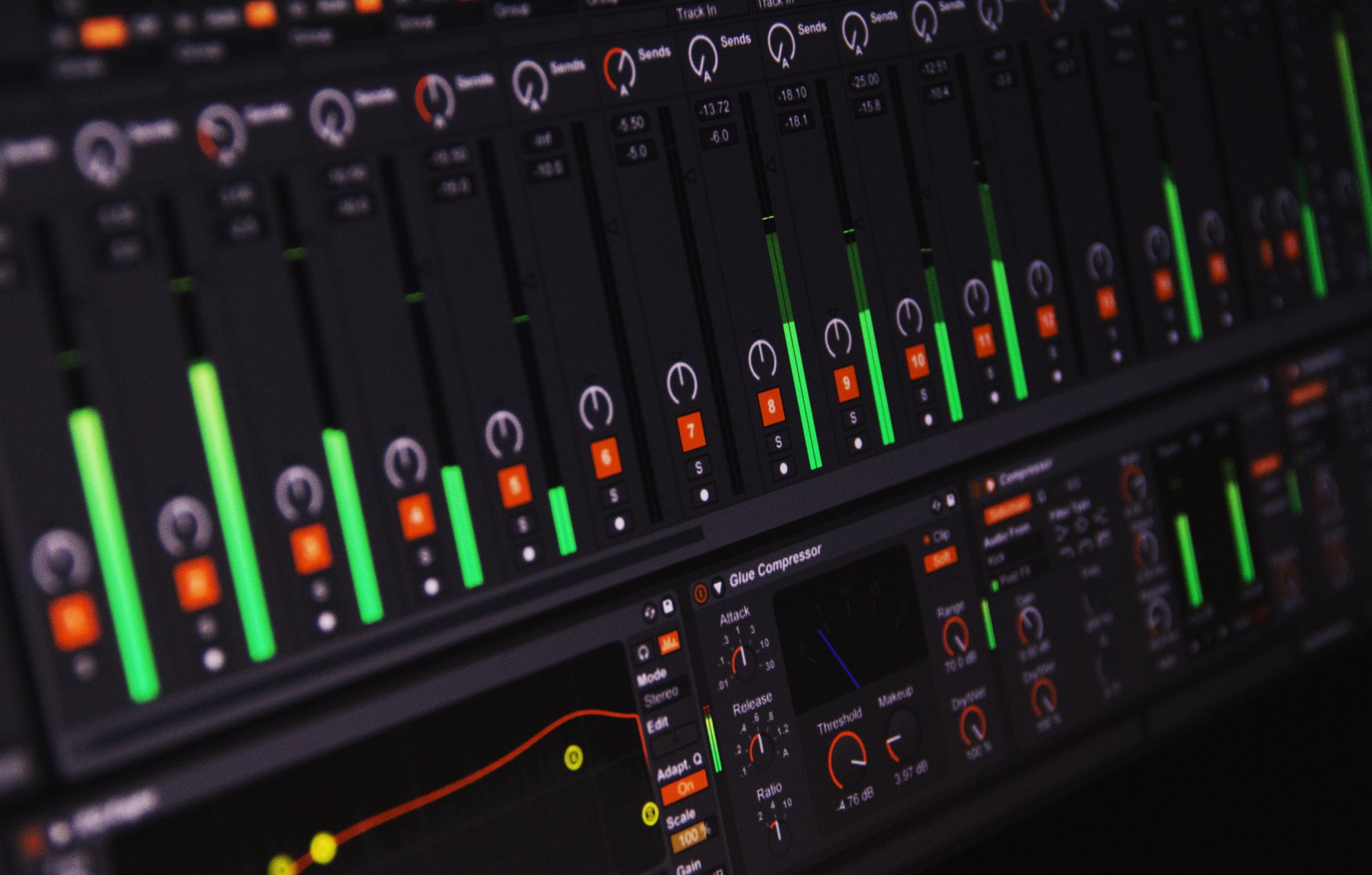How To Use Hooks To Finish Songs
I understand that many artists build a loop and then they expand outwards from there in order to build a track. However, quite often, this results in them getting lost, because they have no vision of where it is going. They hear their loop and think, “Wow this is really cool; I could listen to this for hours.” Then after listening to it for hours they realize they have no direction in where to go with it.
Sure, there are plenty of people who can create a loop and then build outwards from it, but one thing I notice in coaching is that this is often not the case. Some people can’t finish songs because they have no vision for the finished product. Contrasting, some people can’t finish songs because they have too much of a vision and want to throw it into a template of theirs. Problem is, fresh songs don’t fit a defined template.
Therefore, there has to be a delicate line between planning and instinct. That’s when songs come together with ease.
The Hook Is Your Song
Someone who is excellent at this is production mogul Timbaland. If you’re not familiar he’s done tracks with Justin Timberlake, Rihanna, J Cole, Missy Elliot, and dozens more pop stars.
Yeah, yeah, a pop artist, but if you have an open mind about music, you’ll realize that writing pop music is difficult. What’s especially difficult is to continuously write pop songs that top the charts, like Timbaland. There are only a few people on the entire planet who have this skill, so that’s to be respected.
I was recently watching production tutorials of Timbaland’s and one thing that he harps on is that all great songs start with the hook. Sure, it might take a while to get that hook, but he recognizes that it’s the hook that people remember from music. Not the percussio, not even the verses, but the hook. If you don’t know what a hook is, think “Superstition” by Stevie Wonder. What’s the only part of that song that you remember? Yeah, that part. That’s the hook.
Other good examples include Niel Diamond’s “Sweet Caroline”, or Daft Punk’s “Harder, Better, Faster, Stronger.”
Making Non-Pop Hooks
But you may be asking me, “but Pheek, you make avant-garde dance music, and most of your students are avant-garde dance music artists. How on Earth do I take influence from pop hooks?” Well, a hook can be loosely defined. Let’s take Aphex Twin’s “Alberto Balsam.” In a lot of ways, that song kind of follows the “only-hooks” format that producers like Max Martin evangelize, where every phrase is a hook, in a way. Almost every phrase has some sort of memorable element, but in that way, it makes the hook less defined. If there was a hook, it would probably be when the synth first comes in and continues throughout the song in one way.
The key to that “Alberto Balsam” hook is that it readily defines the rest of the song. The moment that comes in, whether it’s a rock band covering it, or it coming on your playlist (because God forbid you’ll probably never see RDJ play it live), you know that it’s “Alberto Balsam.”
This example is easy because it’s prevalent over the entire thing and everything else is essentially a jam over top of it. And that’s all you have to do, in a lot of cases, is just jam over the hook, and you will come out with something memorable.
Hook Modifiers
But before you write your hook, it’s good to think about what sort of emotional direction you want to go in, because ultimately, the hook will define this direction. For instance, do you want your song to be uplifting? Then you have to build tension and release. Perhaps even a triumphant key, like D Major.
If you want it to be emotionally releasing, then you need to change keys, perhaps from major to minor. It’s often these “hook modifiers” that make a song special.
If you want to raise the intensity of the song, then you can increase the density in the song – with delay, reverb, another layer of percussion. It can be done with velocity or volume.
However, in club music, at some point, someone invented “the breakdown” to raise the intensity of the song, and now we’re doomed because 95 percent of electronic songs have them. There doesn’t have to be breakdowns. Instead, we can have events, which can be to confuse people, change their emotions, or whatever, really.
In a song, I heard Timbaland ask Siri a question. Yes, corny, but it interrupted the song and took people off guard enough for when the hook came back in, it was fresh again. In dance music, it could be a weird sample or field recording; it could be an awkward silence.
Build Everything Around The Hook
Going back to “Alberto Balsam” you will notice that the hook is prevalent over the entire thing. From there on out, the rest of the song materialized around it. If this was your song, all you have to do is add percussion, take away percussion, add verses. There aren’t a ton of timbres in this song but each one works because it sits overtop the hook. See what I mean that all great songs start with the hook, now?
Make Something New
Perhaps, one day, you will create a transition that becomes the new breakdown, where people start copying your hook modifier. Because ultimately, that’s what it is nowadays: follow the leader. One only has to look at the Beatport Charts to see how all the waveforms look the same: but at some point, there was a waveform that looked different and topped the charts.
However, if you think about songs as just memorable elements and hook modifiers that jar the listener out of their trance, then you may be able to create something that is lasting and memorable. So next time you decide “this part needs a breakdown” think, “can I do something different instead?” Because the goal is to give people something different so that the familiar becomes fresh again – and there are more ways to do this than taking the drums away and reintroducing them.












Leave a Reply
Want to join the discussion?Feel free to contribute!